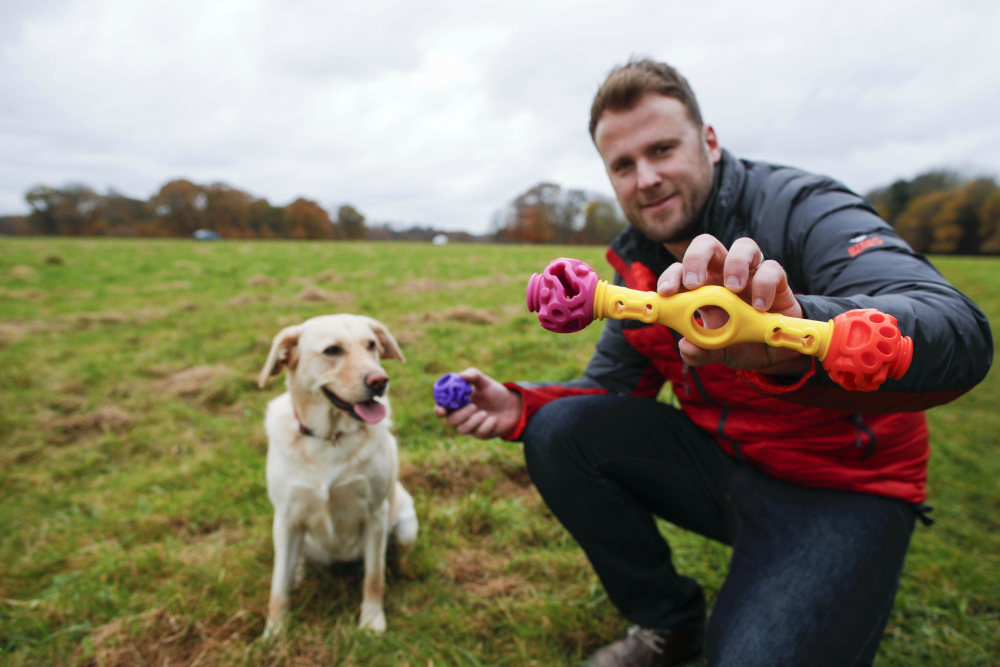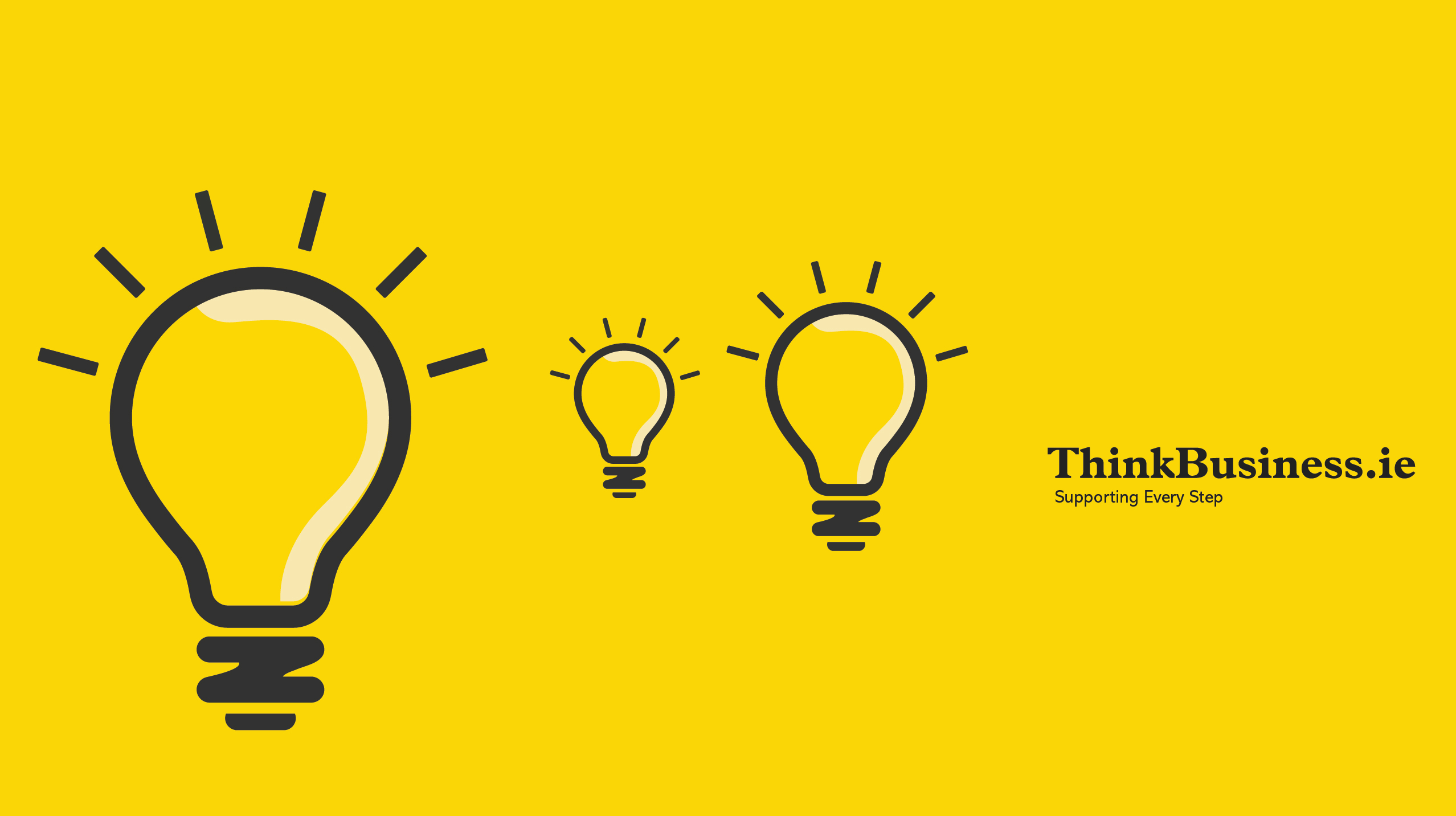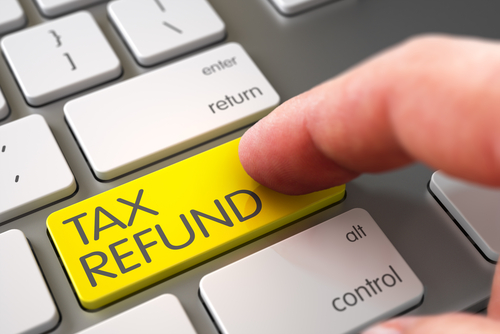What drives clicks and purchases? How does your website compare to the industry average?
If you sell online then Wolfgang Digital’s 2017 e-commerce benchmark KPI report is an essential read.
The report analyses 143 million website sessions and €447 million in online revenues, giving e-commerce marketers good insights to help benchmark their business’s online performance and “understand what drives clicks and purchases.”
The key findings are summarised below, and the full report can be downloaded here.
- Google remains the key traffic driver, but ‘dark traffic’ is on the rise. The search giant generates 62% of all traffic and 63% of all revenue for e-commerce sites. However, its influence is declining as consumers’ paths to purchase become more diverse, with ‘dark traffic’ on the rise. Dark traffic is when Google analytics doesn’t recognise a source by default, like people sharing links on WhatsApp.
“Interestingly, websites that got more traffic from Facebook had higher time-on-site metrics.”
- Sticky websites sell more. The strongest correlation in the study was between time spent on a website and conversion rates. By increasing time on site by 16%, conversion rates ramp up by 10%. Pages per session also correlated solidly with revenue growth. Interestingly, websites that got more traffic from Facebook had higher time-on-site metrics.
“Mobile is a money making machine.”
- Customer purchase journeys are growing longer. The number of clicks required to generate €1,000,000 online has grown by 12% in 12 months to over 360,000 clicks (up from over 323,000 in 2016).
- Mobile is a money making machine. Websites that got more mobile page views and more tablet page views grew revenue faster. 2017 is the first year mobile claimed more sessions (52%) than desktop (36%) and tablet (12%) combined.
“Desktop generates 61% of all online revenue, with users 164% more likely to convert than those browsing on mobile.”
- Desktop delivers the dosh. Desktop generates 61% of all online revenue, with users 164% more likely to convert than those browsing on mobile. Plus, when desktop users convert, they spend an average of 20% per order more than mobile shoppers.
- Speed matters. There was a strong inverse correlation between average page load time and revenue growth. Reducing the average load time by 1.6 seconds would increase annual revenue growth by 10%.
“Travel websites had the best conversion rate with 2.42% of visitors making a purchase.”
- More people purchase from pure online retailers. While multi-channel websites enjoyed a 1.2% conversion rate, the conversion rate for online only retailers was a whole 50% higher at 1.8%. Travel websites had the best conversion rate with 2.42% of visitors making a purchase.
- Travellers up their spend online. The average order values for travel companies grew by 18% to €392 in 2017. However, people still don’t like to make a holiday purchase on their phone with only 16% of revenues coming from mobile versus 46% of traffic.
“Pricey purchases require more clicks, no matter what the device.”
- Tablet shoppers love a bit luxury. Higher than average tablet sessions correlated very strongly with high average order values (AOV). However, pricey purchases require more clicks, no matter what the device.
“Email delivers three times as much revenue as Facebook on a last click basis.”
- Email pays dividends. Email delivers three times as much revenue as Facebook on a last click basis. Those who get more traffic from email also enjoy a higher AOV.
- Bing for a quick win. Websites with a higher share of Bing CPC traffic tend to see a higher AOV. It’s a logical step to make if you find your business in a saturated AdWords environment. Bing has made the route into Bing Ads much easier, introducing a simple one-click tool which will convert your AdWords campaigns into Bing Ad campaigns.
- The power of Pinterest. Websites with more Pinterest traffic enjoyed higher AOVs. This demonstrates Pinterest’s strength as a visual research engine, a place where people research ideas before taking action. Good news for digital marketers is Pinterest recently launched its self-service ad platform.
Getting to the heart of the matter
“Digital marketers are crippled by data deluge,” says Alan Coleman, CEO of Wolfgang Digital. “This study solves that issue by analysing which of the multitude of website metrics influence online success.”
Google V Facebook
Speaking of the challenge of measuring cross-device conversions and its impact on Facebook conversions, Coleman said: “According to Google 90% of conversions happen across multiple devices, yet Google analytics still struggles to measure these cross-device conversions.
“The big loser here is Facebook, Google’s arch-rival for ad spend. Nine out of ten Facebook sessions are mobile, so the Facebook contribution to conversion is dramatically understated in Google Analytics.
“Google promises significant advancements in analytics attribution later this year. It will be interesting to see if this increased visibility extends to cross-device conversions and social’s role in conversion.”





